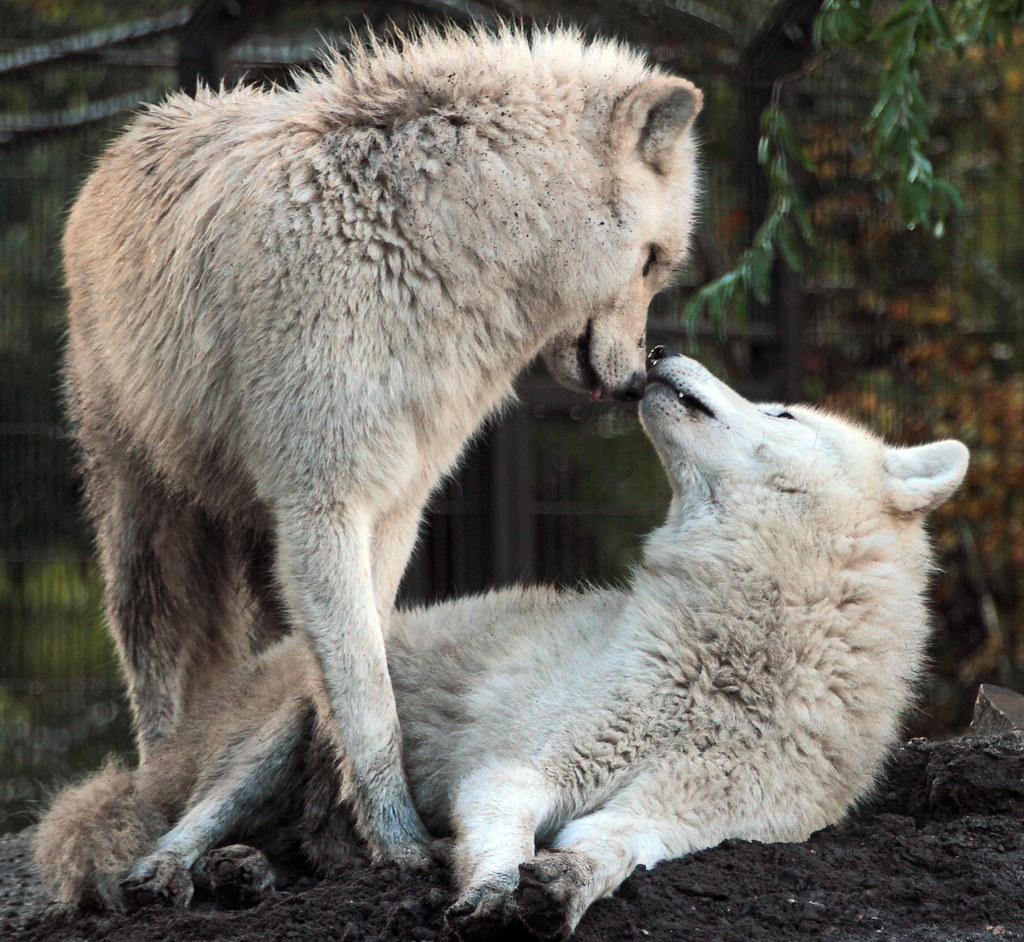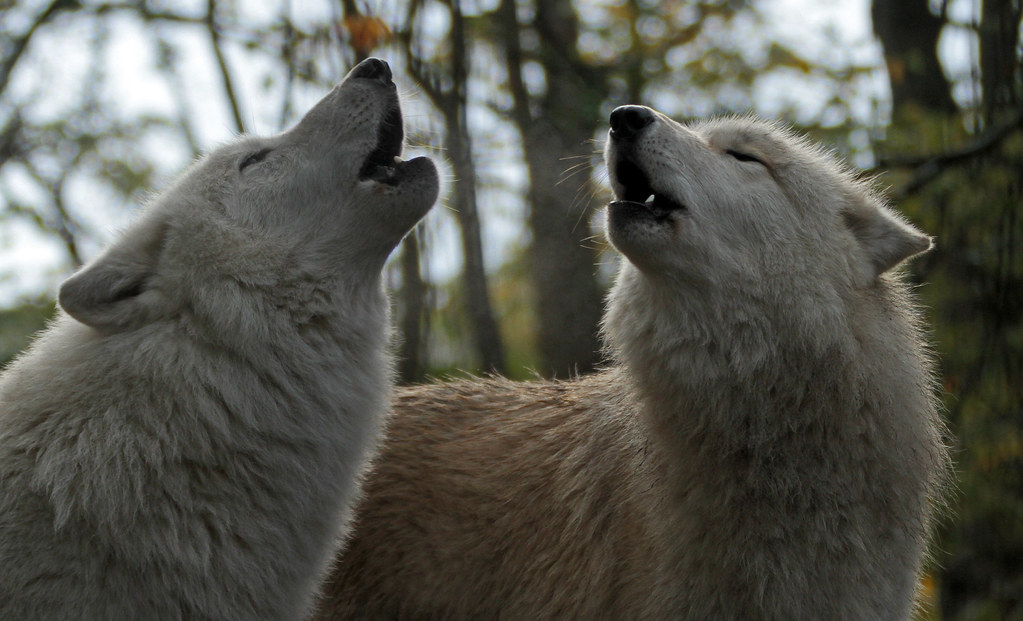The Hudson Bay wolf (Canis lupus hudsonicus)
Also known as the Hudson wolf, this wolf is a subspecies of the gray wolf, Canis lupus, named in 1941 by senior biologist Edward A. Goldman. They are sometimes called Tundra wolves, though they are an entirely different subspecies of the gray wolf. They are primarily found in the areas around Hudson Bay, namely Manitoba and the Northwest Territories. They were hunted in the 19th century and early 20th century for their pelts.
Like other wolves, they hunt in packs. They eat large ungulates such as caribou, moose and bison. When food is scarce, they will also feed on carrion and smaller animals. It has been said that they require about 10 pounds of meat per day.
Hudson Bay wolves, usually only the alpha pair, mate in the spring. Gestation lasts 62 to 65 days. The average litter size is 4 to 6 pups. For their first 10 days of life, they are brown-colored, deaf, and blind. They do not leave their den until they are several weeks old. They are weaned when they are between 2 & 3 months old. All members of the pack participate in raising the young. They are mature at 2 years old. Its lifespan in the wild is approximately 10 years.
The status of the Hudson Bay wolf has not been evaluated by the IUCN. Though it is considered by many to be endangered.
~~from Wikipedia






No comments:
Post a Comment